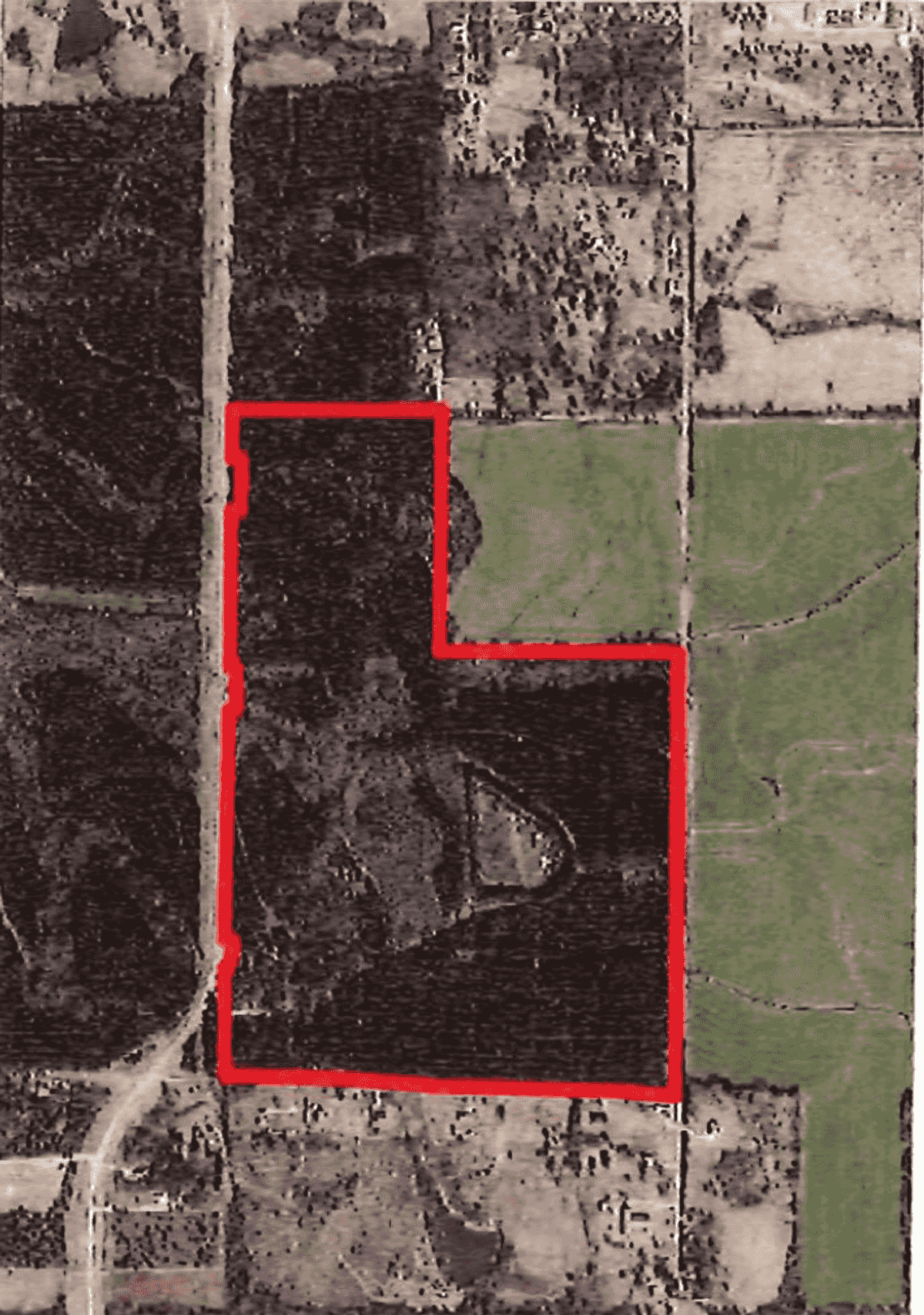Steamship working to mitigate terminal congestion – The Martha’s Vineyard Times

Report on the Woods Hole Terminal Reconstruction Project and Alignment with Sustainable Development Goals
1.0 Executive Summary
This report details the status of the Steamship Authority’s Woods Hole terminal reconstruction project. It outlines the project’s objectives, current challenges related to public safety and traffic management, and the mitigation measures being implemented. A significant focus is placed on analyzing the project’s contributions and challenges in relation to the United Nations Sustainable Development Goals (SDGs), particularly those concerning infrastructure, sustainable communities, public health, and institutional accountability.
2.0 Project Overview and Strategic Importance
The Woods Hole terminal reconstruction is a multi-year infrastructure initiative designed to modernize a critical transportation hub. The project, which has been in development for over a decade, aims to enhance operational efficiency and user experience. However, the construction phase has introduced temporary challenges, including traffic congestion and public safety concerns.
2.1 Project Budget and Timeline
- Contractor: Colantionio (Holliston-based)
- Initial Contract (2024): $32 million
- Contingency: 10%
- Revised Estimated Cost: ~$36 million
- Total Budgeted Amount: $39.16 million
- Projected Substantial Completion: May 2026
3.0 Alignment with Sustainable Development Goals (SDGs)
The terminal project directly intersects with several key SDGs, reflecting a commitment to building resilient and sustainable community assets.
3.1 SDG 9: Industry, Innovation and Infrastructure
The reconstruction represents a significant investment in building resilient infrastructure. The goal is to create a modern, durable terminal capable of supporting regional economic activity and transportation needs for the long term. The project’s scale and budget underscore its importance as a foundational infrastructure upgrade for the region.
3.2 SDG 11: Sustainable Cities and Communities
The project is central to achieving a safe, inclusive, and sustainable community environment in Woods Hole. Current efforts focus on mitigating the negative impacts of construction on the community.
- Objective: Ensure safe and accessible public transport systems for all.
- Challenge: Reports of severe traffic congestion and confusion within the terminal area, exacerbated by construction-related space limitations.
- Response: Implementation of measures to improve traffic flow and pedestrian safety, directly addressing the goal of creating sustainable human settlements.
3.3 SDG 3: Good Health and Well-being
Enhancing public safety is a primary concern, aligning with the SDG target of reducing injuries from traffic accidents. The Authority has implemented several measures to protect pedestrians and passengers.
Safety Enhancement Measures:
- Repainting of pedestrian walkways through the construction zone.
- Installation of new signage for improved passenger guidance.
- Utilization of golf carts to assist passengers with mobility challenges.
- Deployment of additional personnel to direct travelers.
- Creation of a designated vehicle drop-off area.
- Separation of bicycle lanes from vehicular traffic on terminal property.
3.4 SDG 17: Partnerships for the Goals
Effective project execution relies on collaboration between multiple stakeholders. A key partnership has been established to manage public safety.
- Partners: The Steamship Authority and the Falmouth Police Department.
- Mechanism: The Falmouth Police provide additional details on town streets, funded through the town’s embarkation fees.
- Goal: This partnership leverages public funds specifically designated to mitigate the impacts of ferry service on town infrastructure and public safety, demonstrating a collaborative approach to achieving community goals.
4.0 Challenges in Governance and Public Communication
Concerns have been raised by board members regarding the project’s management of public perception and communication, which impacts institutional credibility and aligns with the principles of SDG 16 (Peace, Justice and Strong Institutions).
4.1 Communication Deficiencies
Board members noted a disconnect between the Authority’s communications and public understanding.
- Issue of “Interior Work”: The Authority’s statement that summer work would be limited to “interior work” was interpreted by the public as electrical or plumbing work inside a building. The Authority’s definition referred to all work contained within the fenced construction footprint.
- Issue of Heavy Equipment: The presence of cranes and other heavy machinery during the summer contradicted public expectations and muddled the official messaging.
- Impact: Falmouth board representative Peter Jeffrey stated that this confusion “undermines our credibility with the public.”
4.2 Public Behavior and Existing Patterns
Martha’s Vineyard representative Jim Malkin observed that traffic congestion patterns are consistent with typical summer volumes. He noted that many long-time travelers do not consult the Authority’s website or advisories, instead relying on established habits. This highlights the need for more proactive and multi-channel communication strategies, especially during periods of significant disruption.
5.0 Conclusion and Future Outlook
The Woods Hole terminal reconstruction is a vital project for advancing regional infrastructure in line with sustainable development principles. While facing significant challenges in traffic management and public communication, the Steamship Authority is actively implementing mitigation measures. Moving forward, enhancing communication clarity and strengthening public trust will be as critical as the physical construction itself to ensure the project successfully delivers a safe, resilient, and sustainable community asset by its projected completion in 2026.
Analysis of Sustainable Development Goals in the Article
1. Which SDGs are addressed or connected to the issues highlighted in the article?
- SDG 9: Industry, Innovation and Infrastructure: The article’s core subject is the reconstruction of the Steamship Authority’s Woods Hole terminal, a major infrastructure project. It discusses the project’s budget, timeline, and operational aspects, which are central to building resilient and sustainable infrastructure.
- SDG 11: Sustainable Cities and Communities: The article highlights issues directly related to urban and community sustainability, such as traffic congestion, pedestrian safety, and access to public transportation (the ferry service). The impact of the terminal construction on the local community of Woods Hole and the measures taken to improve safety and accessibility align with this goal.
- SDG 16: Peace, Justice and Strong Institutions: The concerns raised by board members about the ferry line’s credibility, poor communication with the public, and the resulting confusion point to the need for effective, accountable, and transparent institutions. The use of embarkation fees to mitigate community impacts also relates to institutional accountability.
2. What specific targets under those SDGs can be identified based on the article’s content?
-
SDG 9: Industry, Innovation and Infrastructure
- Target 9.1: “Develop quality, reliable, sustainable and resilient infrastructure… to support economic development and human well-being, with a focus on affordable and equitable access for all.” The entire article revolves around the terminal reconstruction project. The discussions on its budget (over $36 million), construction timeline (completion by May 2026), and operational challenges are directly linked to the development of this key piece of transportation infrastructure.
-
SDG 11: Sustainable Cities and Communities
- Target 11.2: “Provide access to safe, affordable, accessible and sustainable transport systems for all, improving road safety… with special attention to the needs of those in vulnerable situations.” The article explicitly details efforts to address this target, mentioning “improved pedestrian safety,” the repainting of walking areas, the separation of bike lanes, the use of “golf carts… to help passengers with mobility issues,” and the problem of “traffic congestion backing into Woods Hole Road.”
- Target 11.3: “Enhance inclusive and sustainable urbanization and capacity for participatory, integrated and sustainable human settlement planning and management.” The article implies challenges in this area, noting that “Woods Hole residents have complained about the design of the new terminal for years,” suggesting a potential lack of participatory planning in the project’s design phase.
-
SDG 16: Peace, Justice and Strong Institutions
- Target 16.6: “Develop effective, accountable and transparent institutions at all levels.” This target is highlighted by the board members’ criticisms. One member states, “I think there’s a great amount of confusion and it undermines our credibility with the public,” referring to the poor communication about the nature of the construction work.
- Target 16.7: “Ensure responsive, inclusive, participatory and representative decision-making at all levels.” The long-standing complaints from residents and the board’s discussion about the public’s confusion and lack of understanding suggest a need for more responsive and inclusive communication and decision-making from the Steamship Authority.
3. Are there any indicators mentioned or implied in the article that can be used to measure progress towards the identified targets?
-
For Target 9.1 (Resilient Infrastructure)
- Indicator (Mentioned): Total financial investment in infrastructure. The article provides specific budget figures: a “$32 million contract,” a total budget of “about $38 million,” and a revised budget of “$39.16 million.”
- Indicator (Mentioned): Project completion status. The article provides a timeline, stating that “substantial completion of the project is expected to be done in May of 2026.”
-
For Target 11.2 (Safe and Sustainable Transport Systems)
- Indicator (Mentioned): Implementation of pedestrian and cyclist safety features. The article lists “repainted walking areas,” “signs to guide passengers,” and “separated bike lanes from cars.”
- Indicator (Mentioned): Provision of services for persons with disabilities/mobility issues. The use of “golf carts… to help passengers with mobility issues” is a direct measure.
- Indicator (Implied): Level of traffic congestion. The “reports of weekend traffic congestion backing into Woods Hole Road” serve as a negative indicator, highlighting an area needing improvement.
- Indicator (Mentioned): Resources allocated to public safety. The article mentions an “increased police presence” and the use of “town’s embarkation fees” to pay for police details to “protect public safety.”
-
For Target 16.6 (Accountable and Transparent Institutions)
- Indicator (Implied): Level of public trust and satisfaction. This is qualitatively measured by statements like “it undermines our credibility with the public” and the “great amount of confusion” among residents.
- Indicator (Mentioned): Frequency and clarity of public communication. The need for “better communication to the public” is a recurring theme, and the failure to clearly define “interior work” is a specific example of a communication breakdown.
4. Summary of SDGs, Targets, and Indicators
| SDGs | Targets | Indicators |
|---|---|---|
| SDG 9: Industry, Innovation and Infrastructure | 9.1: Develop quality, reliable, sustainable and resilient infrastructure. |
|
| SDG 11: Sustainable Cities and Communities |
11.2: Provide access to safe, affordable, accessible and sustainable transport systems for all.
11.3: Enhance inclusive and sustainable urbanization and participatory planning. |
|
| SDG 16: Peace, Justice and Strong Institutions |
16.6: Develop effective, accountable and transparent institutions.
16.7: Ensure responsive, inclusive, and participatory decision-making. |
|
Source: mvtimes.com

What is Your Reaction?
 Like
0
Like
0
 Dislike
0
Dislike
0
 Love
0
Love
0
 Funny
0
Funny
0
 Angry
0
Angry
0
 Sad
0
Sad
0
 Wow
0
Wow
0
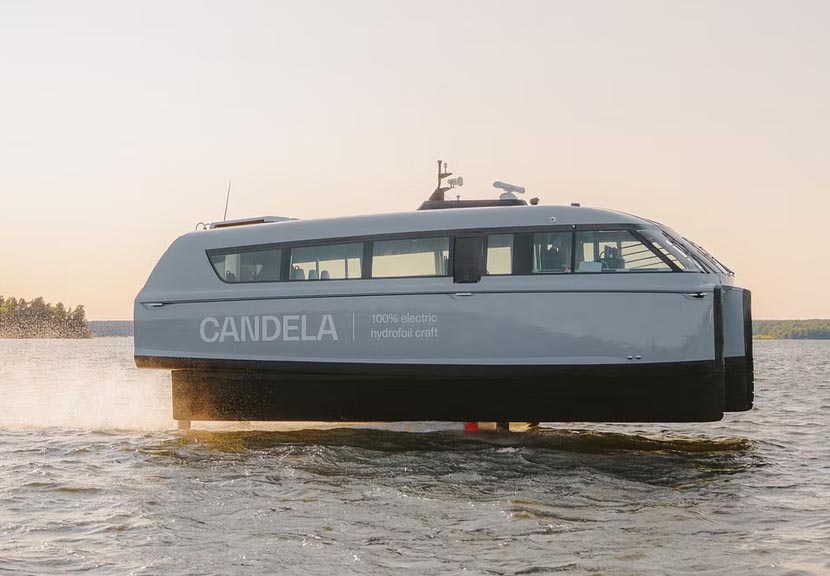
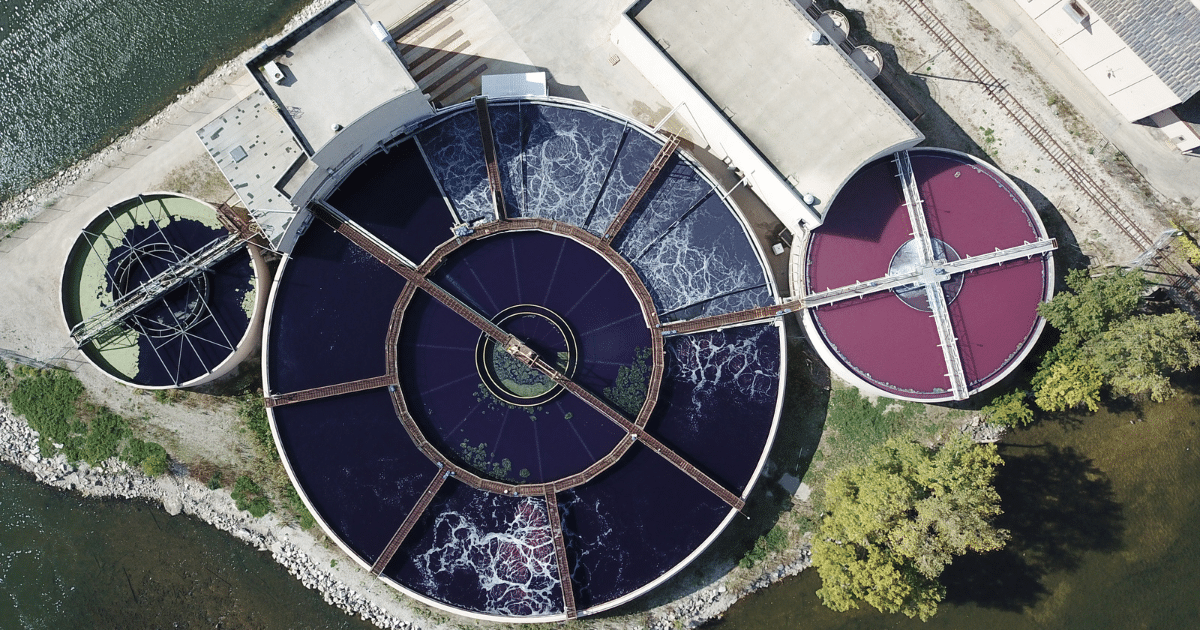










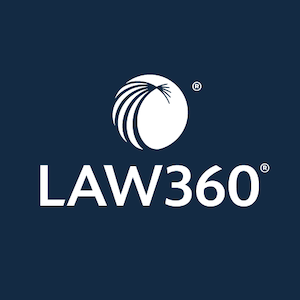











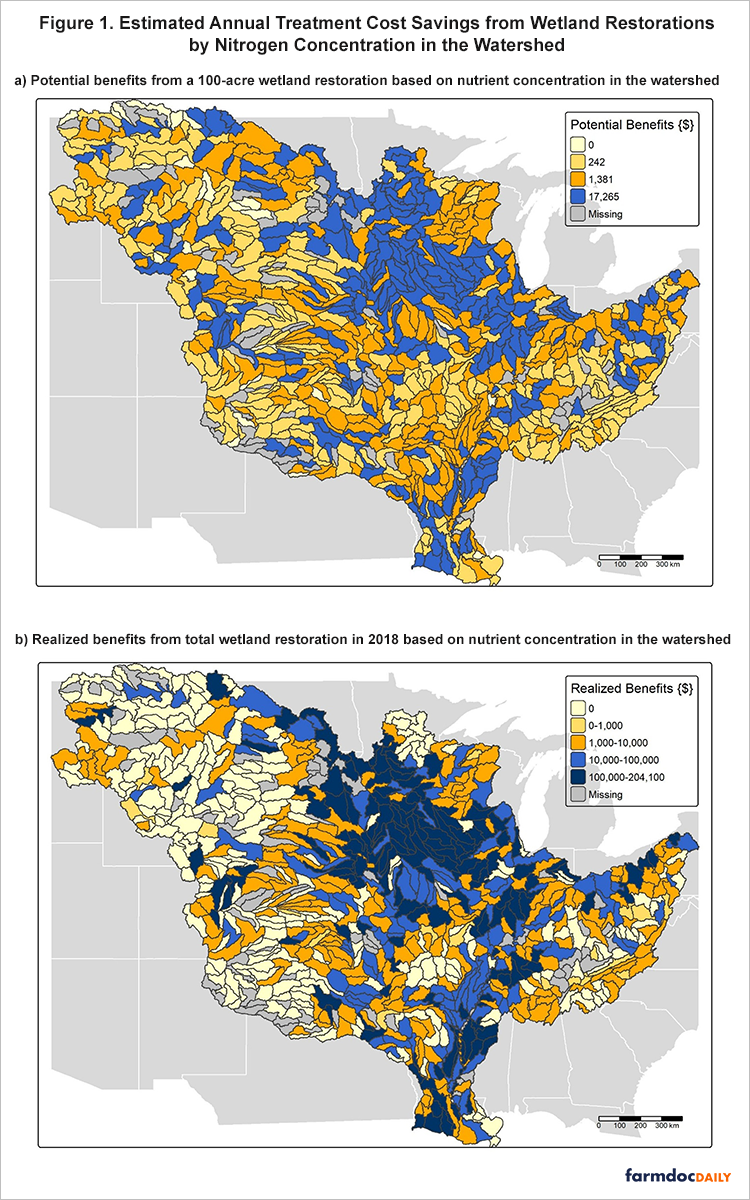
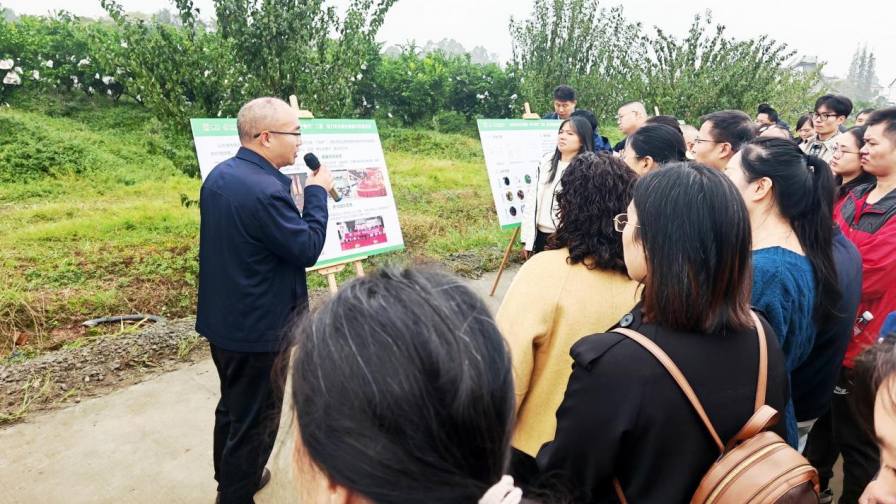

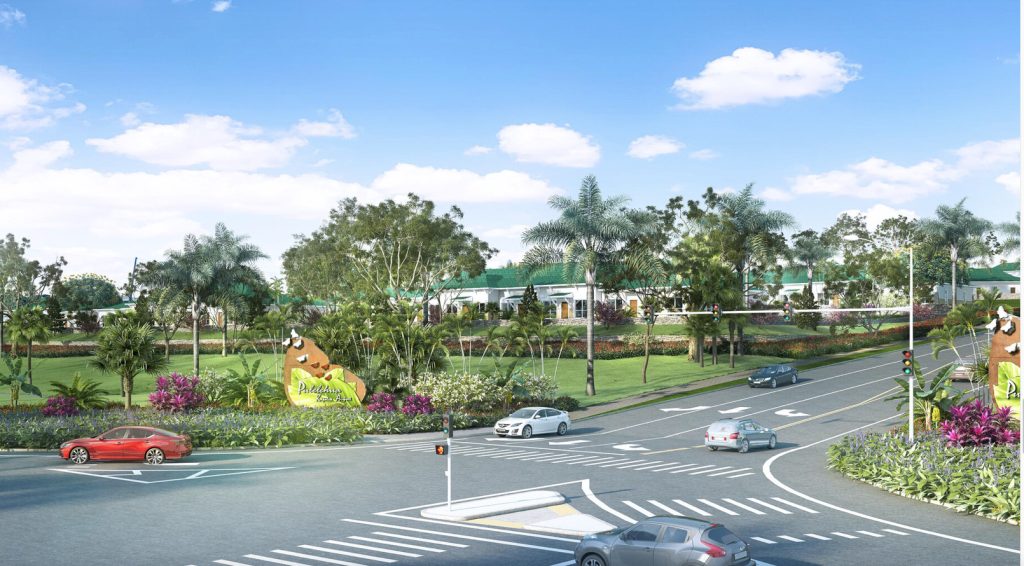
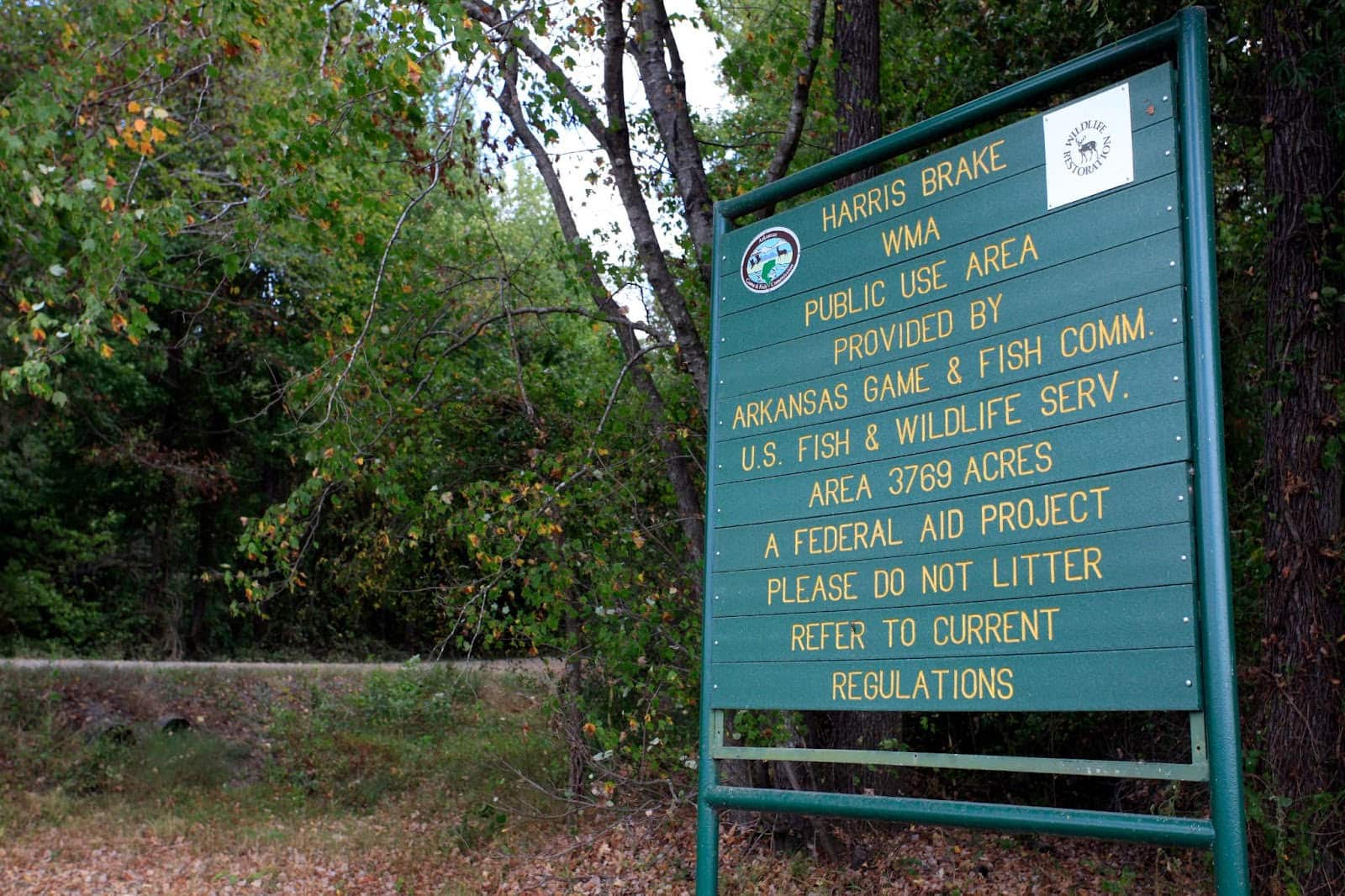


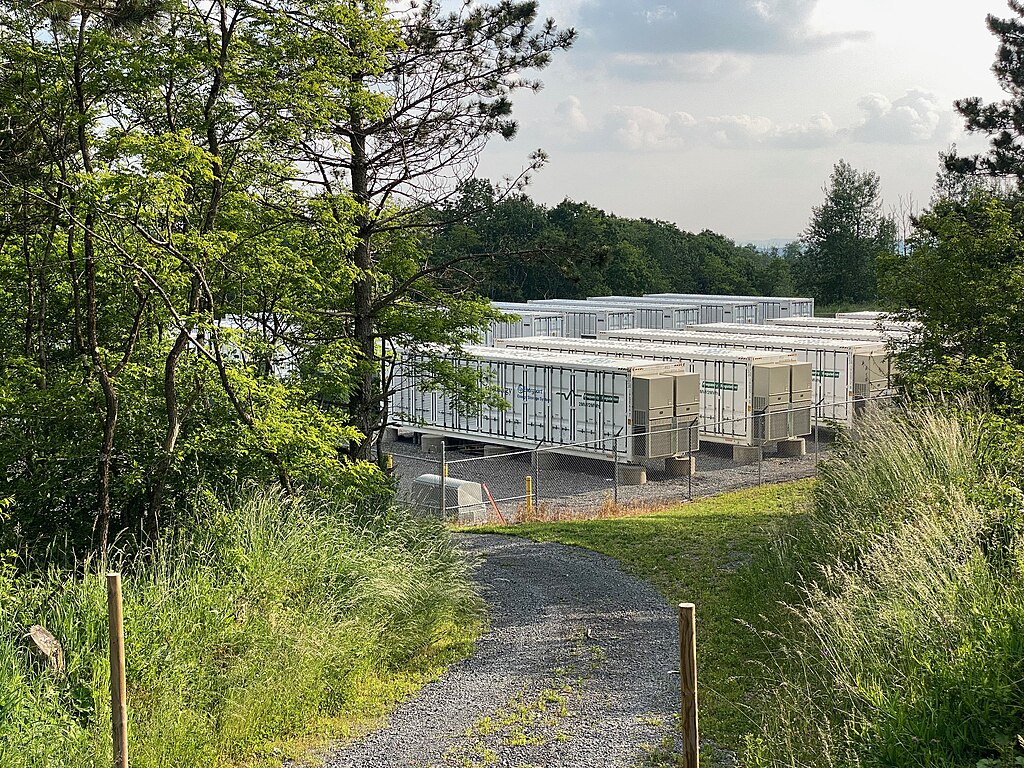
_2.png?#)



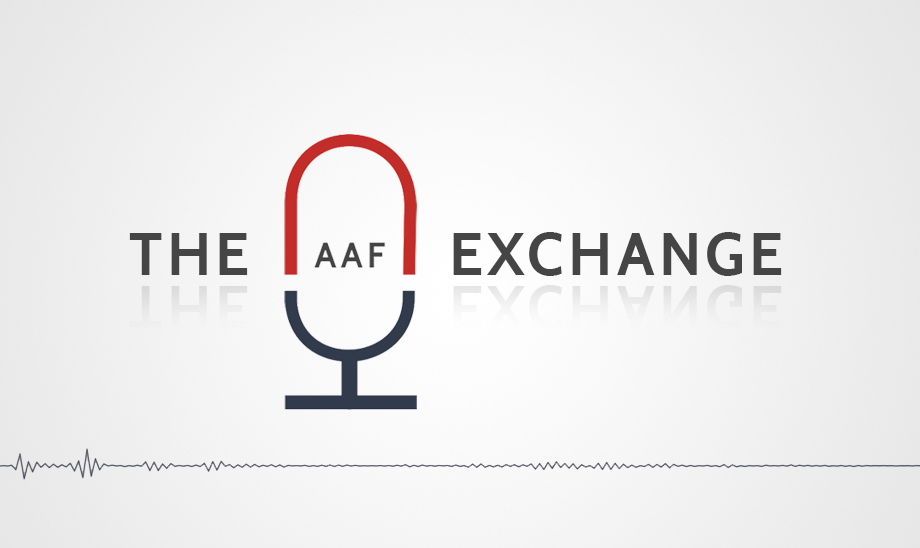







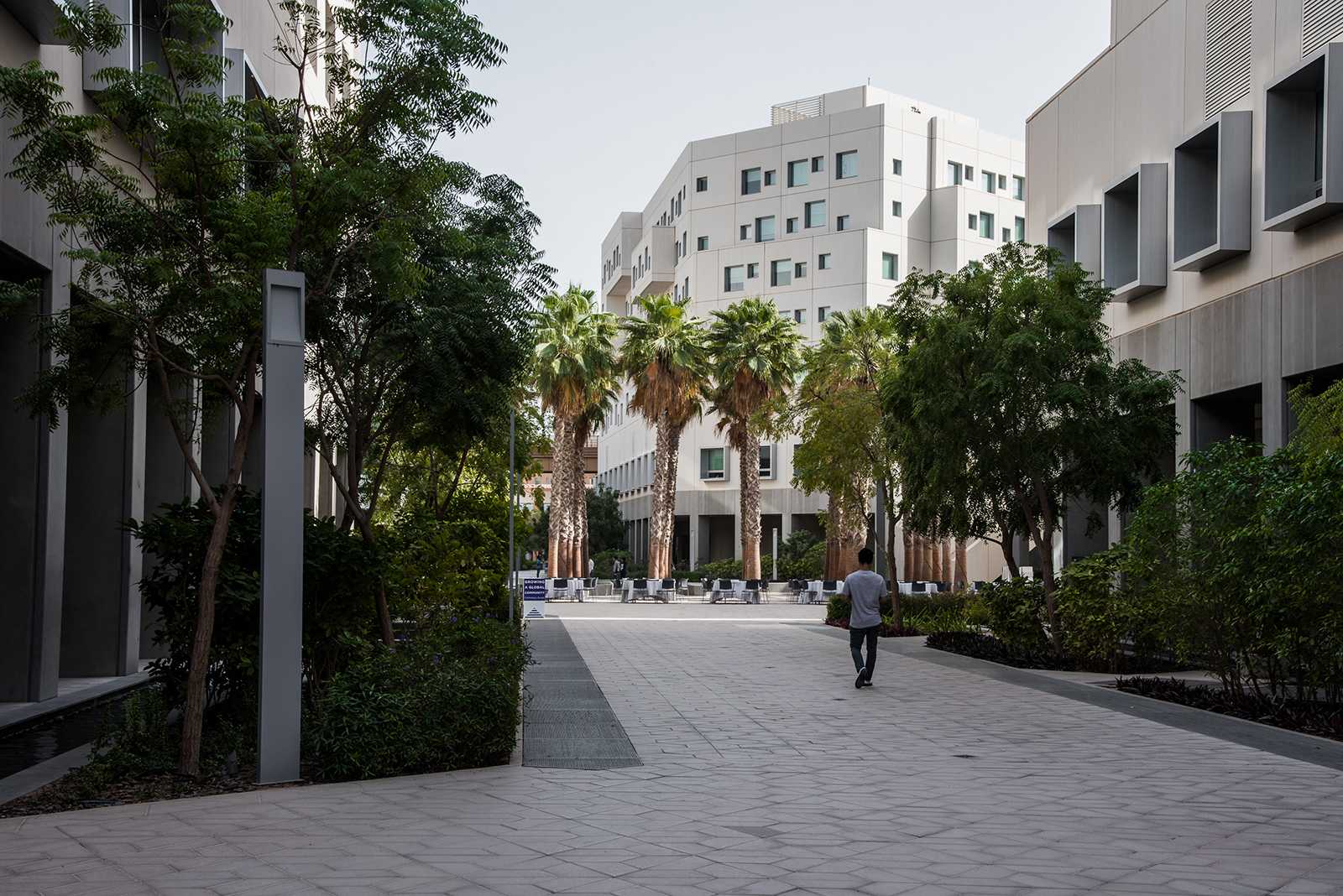










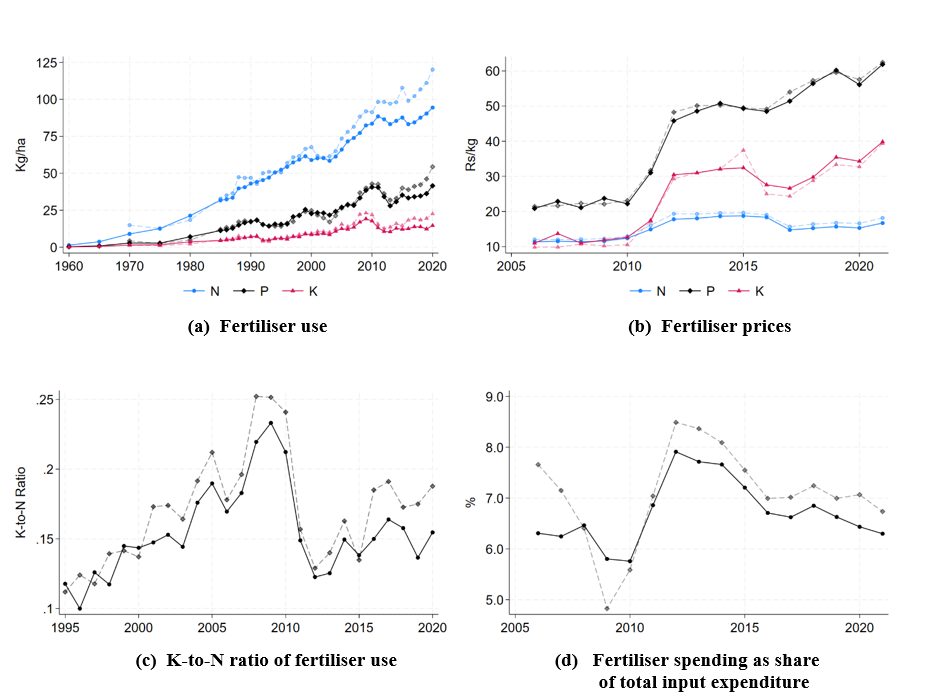






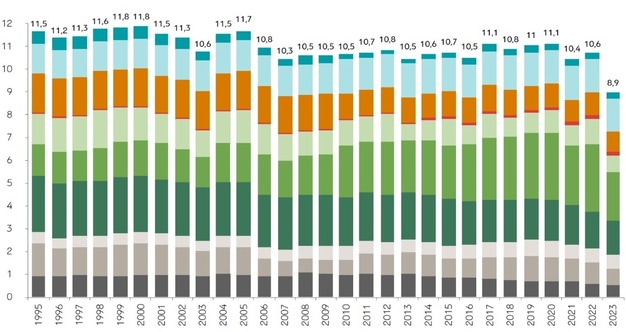
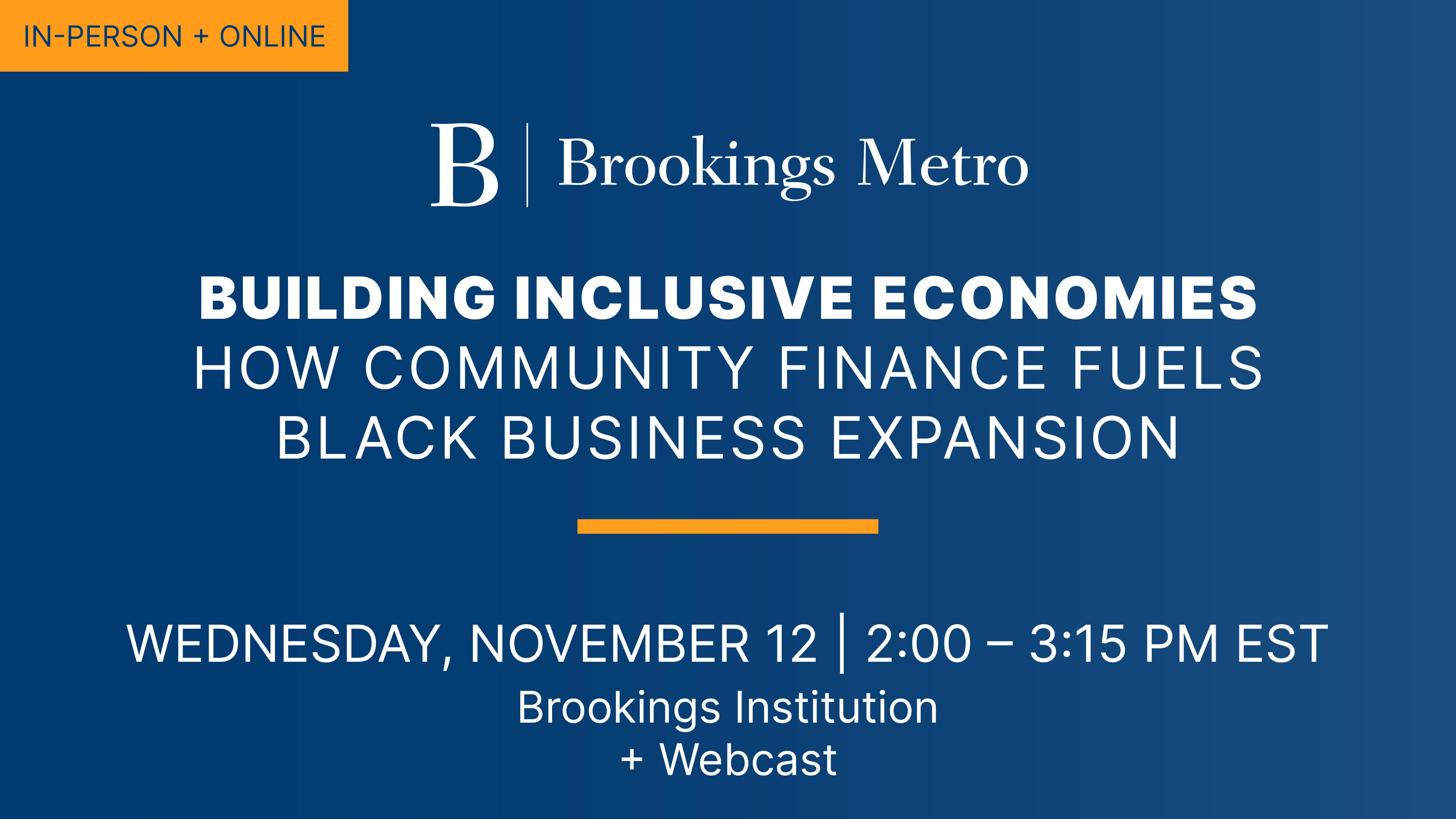




;Resize=620#)
